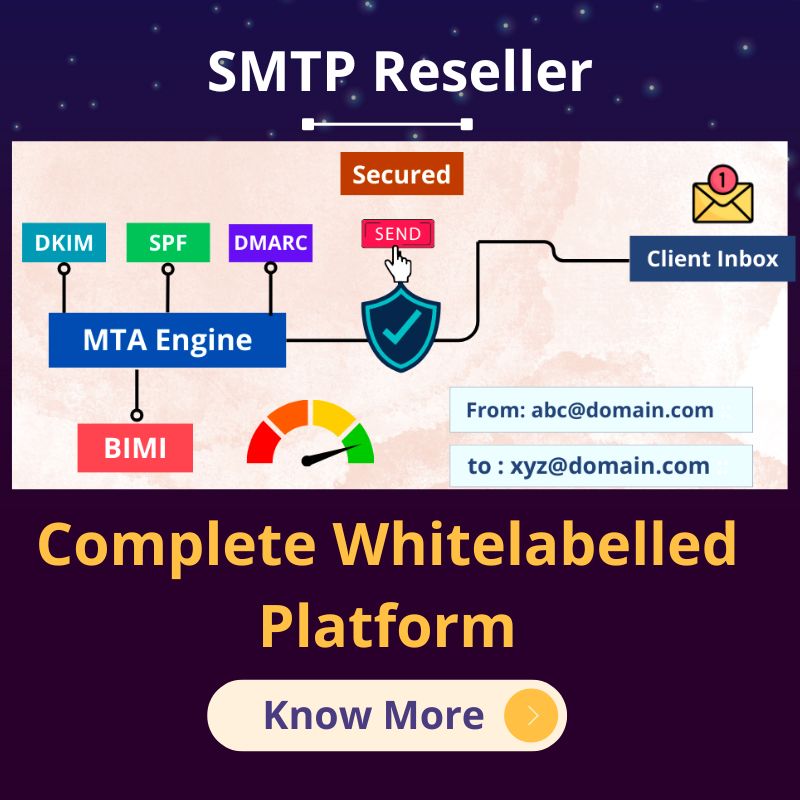History of Email Marketing
Even the first email marketing message, however spammy, achieved astounding results. On May 3, 1978, a marketer for Digital Equipment Corporation named Gary Thuerk sent an unsolicited email pitch to 400 business prospects. Although the email blast resulted in an avalanche of privacy complaints. It served as the foundation of email marketing as we know it today.
In the early days, marketing emails were essentially spam. Marketers routinely sent emails to massive lists of potential customers — none of whom had willingly subscribed. The original marketing emails also lacked the features that define a quality email today, like HTML, simple design concepts and value-added content. But despite the spammy nature of his email, Thuerk’s mass email generated $13 million in sales for his company — a result every email marketer today would be proud of. So the power of email as a marketing channel was clear from the start.
Biggest Moments in the history of Email Marketing
Email has matured and evolved over the years. Here are some of the biggest moments that have shaped modern email marketing since inception:
1978
Gary Thuerk, a marketer for Digital Equipment Corporation, sends the first electronic mail marketing blast, generating $13 million in sales. Early emails like this are rudimentary, text-based and lack personalization.
1989
Oxford English Dictionary adds “e-mail” as an acceptable abbreviation for electronic mail, with the first documented case of the term’s use traced to 1979, the Washington Post reports.
1993-1996
AOL, Hotmail, and Yahoo enter the email scene, offering user-friendly email services that make it easy for the average internet user to sign up and communicate. Hotmail is the first to offer email as a free, web-based service, which allows marketers to reach even more consumers.
1998
Consumers first use the word “spam” to describe unwanted email, which originated from a 1970s Monty Python skit referencing the canned meat brand with the same name. At this time, consumers are frustrated by the number of unsolicited promotional emails they receive. As a result, major providers add “junk” folders to give subscribers control over their email experiences.
2003
The U.S. government passes the CAN-SPAM Act, which is the first law regulating email marketing. The law sets rules for commercial email, establishes requirements for commercial messages, gives recipients the right to opt out of email marketing lists and spells out tough penalties for violators.
2010
As subscriber inboxes become more saturated, marketers begin to focus on deliverability and engagement with strategies like triggers, dynamic content, strategic segmentation, and newsletters. Email design innovation also improves significantly with new coding support and capabilities. This lays the foundation for real-time, interactive emails.
2018
Consumers become wary of businesses using their data in the wake of massive data breaches. So businesses across the world enact new safeguards for data protection as the EU implements the GDPR.




